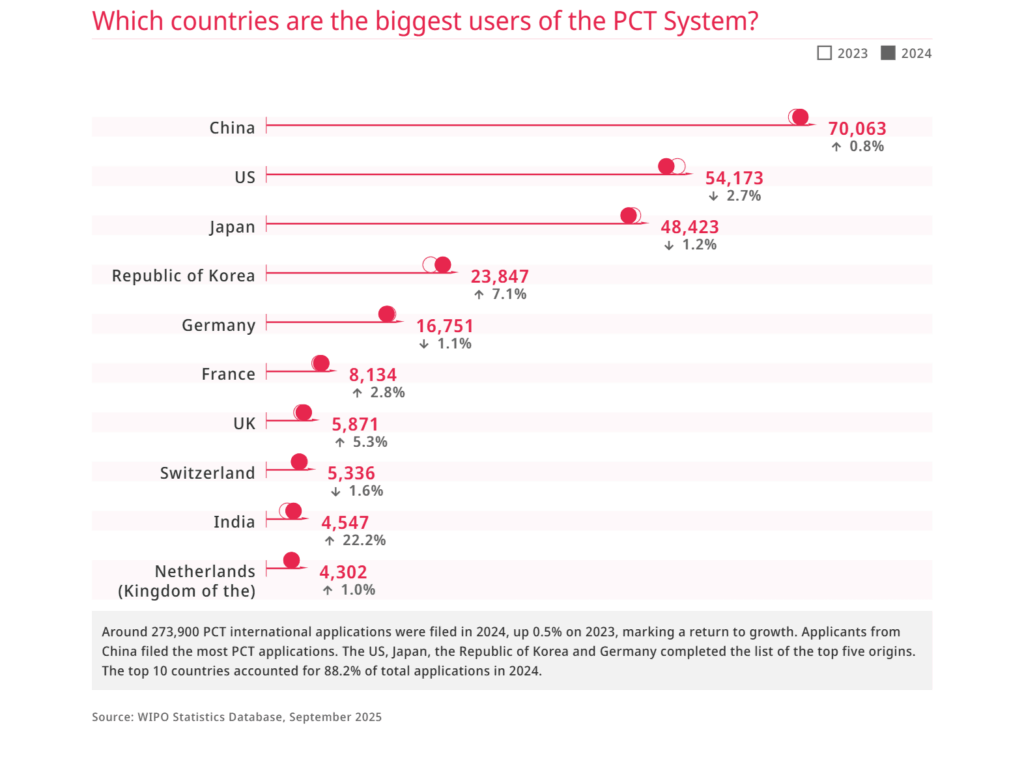The Language of Protection: Why Translation Belongs in Every Patent Strategy
Explore how legal teams are using data and technology to strengthen patent filings and protect innovation worldwide.

When we talk about patents, we often jump straight to claims, prior art, and prosecution strategy. What rarely gets the same attention is the language that carries those ideas across borders. Patent translation has become a critical part of legal decision-making, shaping how innovations are understood and protected in every jurisdiction.
Innovation moves quickly, and legal teams work hard to keep pace. As inventions cross borders, the language used to describe them becomes even more important. Translation has evolved from a support function into a central part of patent strategy, especially as technology, data, and global filing demands continue to grow.
Patent Translation as a Legal Decision
Patent translation has often been treated as an administrative step rather than a legal decision. Yet translation defines how a claim is interpreted, how prior art is understood, and how enforceable a patent becomes in litigation.
Legal teams that include translation early in the process, linking it to filing strategy, budgeting, and jurisdiction planning, are more likely to reduce risk later on. Those that wait until the end often face rework or disputes over interpretation.
More organizations are now placing translation oversight within legal leadership. This shift reflects an understanding that meaning is part of legal accountability, not simply process management.
Technology Expands Possibility, Not Responsibility
Artificial intelligence and neural machine translation have changed how translations are produced. However, in patent law, precision matters more than speed. Algorithms can support consistency and handle volume, but they cannot take legal responsibility for meaning.
Park IP’s Legal Studio platform gives counsel visibility and control throughout the translation process. Attorneys can track progress, review terminology, and confirm accuracy within a secure workspace. The technology supports professional judgment rather than replacing it.
Recent research confirms that even advanced machine translation systems struggle with specialized terminology and still require expert review. For example, a 2025 survey found that even sophisticated AI models have significant error rates when applied to patent and legal texts.
Data as a Legal Tool
For corporate counsel, data is now as valuable as precedent. Knowing where translation errors occur, how long filings take, and which language pairs create higher risk helps shape smarter filing decisions.
When translation metrics are connected to filing outcomes, legal teams can identify patterns, anticipate exposure, and allocate resources effectively. This approach transforms translation from a reactive task into an essential part of due diligence.
Global data from the World Intellectual Property Organization (WIPO) shows that international patent activity continues to grow, emphasizing the importance of multilingual precision in global filings.

Building a More Connected IP Environment
The future of IP protection depends on integration. Legal, linguistic, and technical processes must operate within a single connected environment.
A coordinated ecosystem allows counsel, translators, and technologists to work under shared standards for quality, confidentiality, and accountability.
Park IP developed Legal Studio to enable this model. It brings together legal professionals, language experts, and technology specialists within one framework. The goal is clarity, consistency, and shared oversight, not automation for its own sake.
The Legal Value of Language
Language remains the cornerstone of law. The words in a patent claim define its scope, validity, and enforceability.
For law firms, corporate counsel, and innovators, translation is an extension of legal drafting and interpretation. Recognizing it as such ensures every filing reflects both the technical invention and the intent of protection.
As global IP portfolios grow and AI continues to transform legal workflows, one truth remains constant: clear, accurate language is the most reliable form of protection an innovator can have.
To learn more about how leading legal teams manage translation accuracy and multilingual filing demands, contact our IP team, who can walk you through the approaches and frameworks that support stronger protection across jurisdictions.

 Dan O’Brien
Dan O’Brien Erin Wynn
Erin Wynn Chris Grebisz
Chris Grebisz Christy Conrad
Christy Conrad Matt Grebisz
Matt Grebisz Siobhan Hanna
Siobhan Hanna Kimberly Olson
Kimberly Olson Nicole Sheehan
Nicole Sheehan